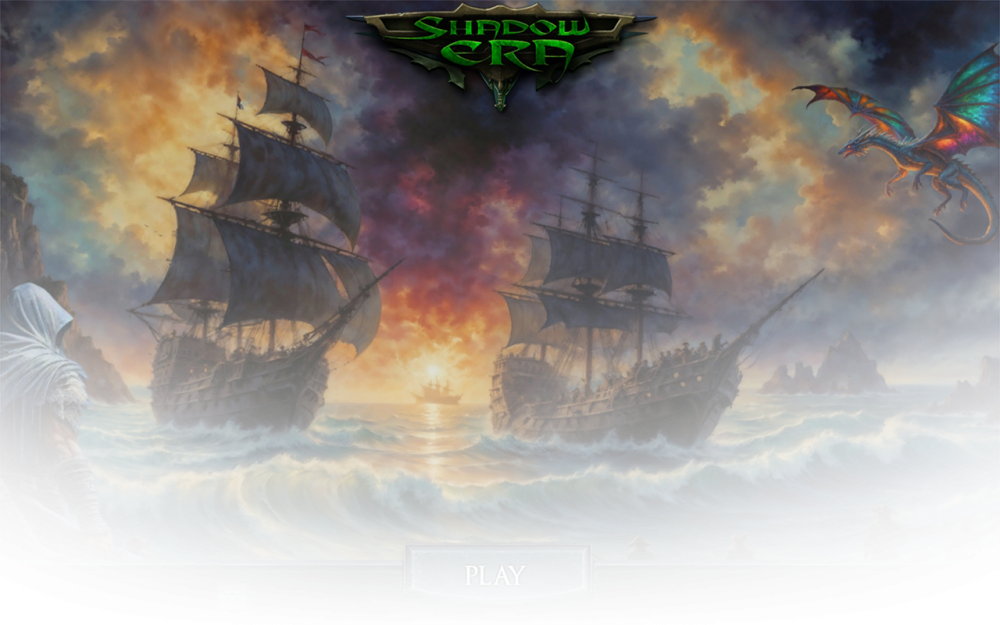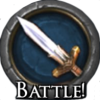Category
Turn
From Shadow Era Wiki


Definition & Explanation
A turn in Shadow Era consists of all the phases a player completes during their active play, from the start to the end of their turn.
- Full Turn: A full turn refers specifically to one player's complete turn, from start to end. It does not include the opponent's turn.
- Sequence: The player who takes the first turn begins the game. After their turn ends, the opponent takes their turn. Once both players have completed their turns, two turns have passed.
- Clarification: The phrase "end of the turn" always refers to the end of the current active player's turn. This definition is independent of who went first or any other external factors.
Examples
- End of Turn Effects: Until the end of your turn.
Consider the card Rabble Rouser.
Rabble Rouser has an ability that states: "When Rabble Rouser is summoned, you draw a card, and until the end of the turn, friendly allies have +1 attack."
-> In this context, "until the end of the turn" means that the attack bonus is applied immediately and lasts until the end of the current active player's turn. Once the turn ends, the bonus is removed, and the allies' attack values return to normal.
- End of Turn Effects: for 2 turns.
Consider the card Eladwen Frostmire.
Eladwen Frostmire has an active ability that costs 4 SE: "Target opposing ally takes 4 ice damage and is frozen (it can't attack, defend or use abilities) for 2 turns."
-> In this context, "2 turns" refers to the number of full turns of the affected ally's controller. This means, the Frozen effect lasts for two full turns of the player controlling the frozen ally, starting from their next turn (one turn), and ends at the end of their turn after next (two turns), allowing the ally to act normally thereafter.
- Once per Turn:
Consider the card Devout Stalwart.
Devout Stalwart has a passive ability that reads: "Once per your turn, when arcane damage is dealt, Devout Stalwart gains +1 attack and +1 health."
-> In this context, "Once per your turn" means that the ability can only be triggered once during each of your turns. For example, if you deal arcane damage during your turn, Devout Stalwart will gain +1 base attack and +1 health; however, even if you deal additional arcane damage later in the same turn, the ability will not trigger again until your next turn.

| |
 |
 |
 |
Turn Structure
- At the beginning of the game, both players draw 6 cards.
- Start of the turn phase:
- Drawing phase:
- If the deck is not empty: Player draws X (1 default) card if their hand is not full (7 cards max).
- If the deck is empty: The hero's player takes X damage for each card that should have been drawn.
- Sacrifice phase:
- The player may choose to sacrifice a card; if so, one resource is added to the resources pile.
- Any abilities that trigger when a card is sacrificed, or when the player chooses to skip their sacrifice, are activated.
- Action phase:
- The player may play card(s) from their hand as long as they can pay the resource casting cost.
- The player may activate ability(ies) as long as they can pay the resource casting cost or the shadow energy cost.
- The player may attack opposing allies or opposing hero.
- End of the turn phase:
- Any end-of-turn effects are triggered.
- All exhausted allies and the exhausted hero are readied.
- All resources are renewed.
- The opponent begins their turn
 |
 |
 |

This category currently contains no pages or media.